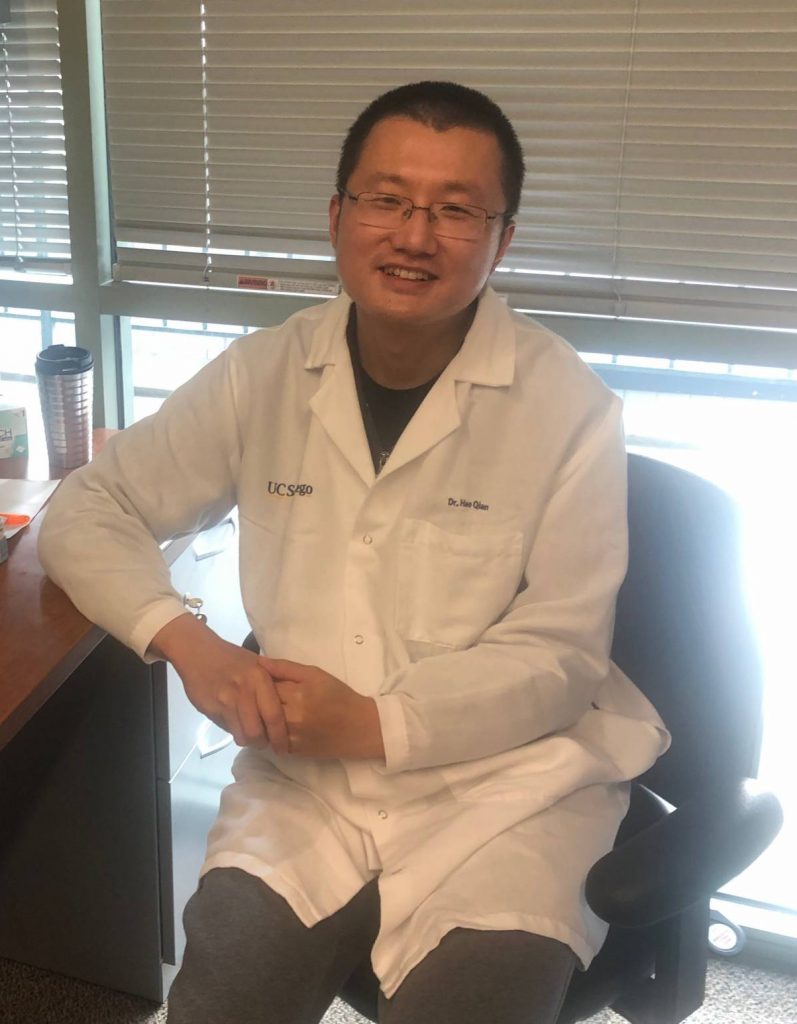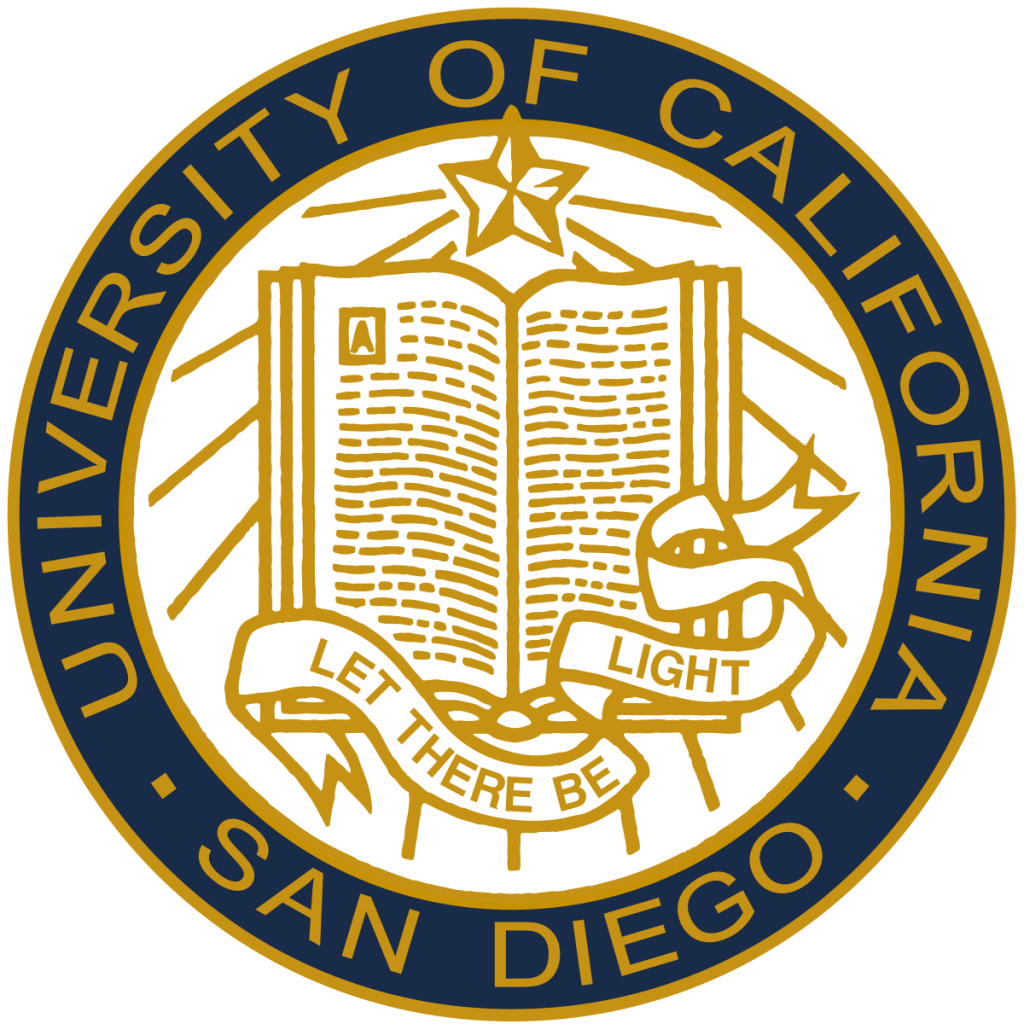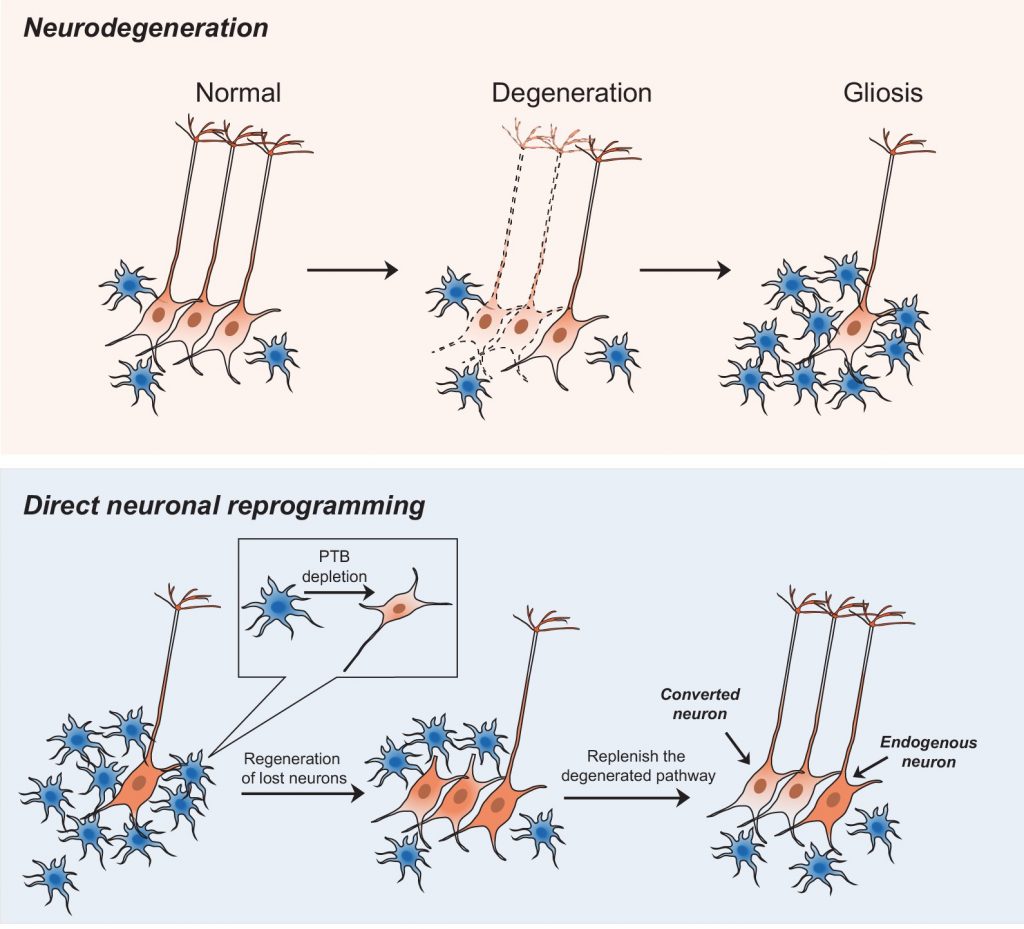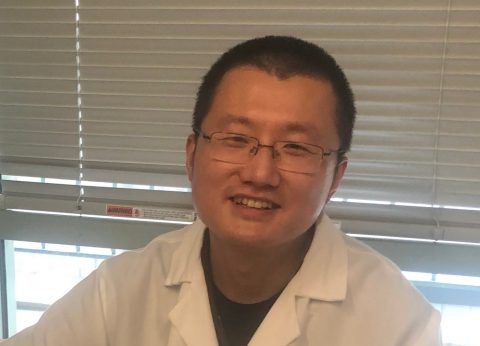 Hao Qian, 37
Hao Qian, 37
Assistant Project Scientist
Department of Cellular and Molecular Medicine
University of California, San Diego
The team at UCal is trying to develop a way to create new neurons (cells) in patient’s brain, repair the damaged neural circuits, and reverse the Parkinson’s Disease-associated symptoms. Put more simply: they want to cure Parkinson’s Disease by replacing the dopamine-producing cells that are destroyed by the condition.
So far, they have successfully converted non-neuronal cells into functional neurons in a section of the brains of mice with Parkinson’s Disease. Those new neurons were able to reconstruct the neuronal pathway (communication system between cells) and restored the motor function of these mice. In other words, they were able to control their movements normally again.
If you would like to read more about this research, please click on this link: https://www.nature.com/articles/d41586-020-01817-4
Why is this breakthrough important for the future treatment, or even cure, of Parkinson’s Disease?
Other therapeutic approaches for Parkinson’s Disease have focused on the treatment of motor symptoms with drugs or surgery, however there hasn’t been any way to replenish the lost dopaminergic neurons or alter the way the disease progresses. Recent clinical trials of cellular therapy (for other conditions) using stem cells has given new hope. However, stem cell therapy has many challenges, including: a lack of reliable cell sources; risk of tumour formation; and a potential negative immune response.
In our research project, the results of which were recently published in Nature, we developed a way to convert endogenous astrocytes (a plentiful cell-type that forms the structure of the brain) into dopaminergic neurons (cells that produce the hormone and neurotransmitter dopamine), thereby avoiding the risk of using stem cells. Thus, our approach may provide a new and safe method to regenerate dopaminergic neurons and repair the damaged neural circuits in the brain caused by Parkinson’s Disease.
 How long have you been working on this project and what happens next?
How long have you been working on this project and what happens next?
I began work on this project in 2013. Over the next few years, I’ll continue to work with Professor Xiang-dong Fu on the follow-up studies at UCSD. We want to overcome several key hurdles (detailed in Question 3) and test our approach in rats and monkeys in order to collect more information in the hope of progressing to human clinical trials.
What are the steps that are needed to take your discovery and apply it to treatments, or a cure, that is available for patients? How long might that take?
 To date, our research is limited to mice. To develop a treatment that can be used successfully in humans, we still have to address some key issues. Most significantly, we do not know whether our approach will work in the human brain, and while our method caused strong neuronal conversion in young adult mice, the amount of conversion was significantly less in older animals, something that would have to be addressed if we want to treat patients with Parkinson’s Disease, the majority of which are older than 60.
To date, our research is limited to mice. To develop a treatment that can be used successfully in humans, we still have to address some key issues. Most significantly, we do not know whether our approach will work in the human brain, and while our method caused strong neuronal conversion in young adult mice, the amount of conversion was significantly less in older animals, something that would have to be addressed if we want to treat patients with Parkinson’s Disease, the majority of which are older than 60.
Additionally, our approach relies on the reconstruction of the nigrostriatal pathway (the means by which dopamine controls movement) which has been achieved in the brains of mice, but we have no evidence that it is possible in the human brain. This is a major hurdle to overcome, especially considering the size difference between the mouse and human brain. It may therefore still take years to develop a clinically applicable therapeutic method for Parkinson’s Disease based on our research.
How much did your research cost and how was it funded?
This project has cost more than $500k. The funding resources included the National Institutes of Health and the Larry L. Hillblom Foundation.
What motivates you to research Parkinson’s Disease?
The initial goal of our research was not to find a cure for Parkinson’s Disease. Our original intention was to find out more about how different neurons are created i.e. what are the molecular mechanisms which cause different neurons to form. But when we realized that our approach could generate new neurons in the mammalian brain, we immediately thought about how it could potentially be used to treat Parkinson’s Disease. Of all the neurodegenerative disorders, PD is the one most likely to be treated by cell transplantation as its’ symptoms are caused by the degeneration of a relatively small quantity of neurons. Several other research reports indicated that new neurons created via a process of embryonic graft were able to reconstruct the affected neuronal pathway and restore the motor function of rodents with Parkinson’s Disease. These results encouraged us to begin our experiments.
Have you had any personal experience with Parkinson’s patients and what impact has that had on you?
My friend’s father has Parkinson’s Disease. When he told me, I realized that this disease is in fact so close to us and can destroy one’s life without any warning.
Could your research have implications for other diseases as well? If so, which ones and why?
Our approach may be able to be applied to treat other degenerative diseases. For example, the same reagent also has been shown to create new photoreceptors in the retina and restore eyesight to blind mice, which gives rise to the hope of developing a treatment for degenerative eye disease. We are also working with our colleagues to explore how our approach could be used to treat Alzheimer’s disease and Huntington’s disease.
Why do you think it is important to find a cure for Parkinson’s Disease?
Parkinson’s Disease is one of the most common age-related neurodegenerative diseases. The incidence rate of PD is predicted to increase significantly as people live longer. Current PD therapies cannot alter the way the disease progresses or restore lost function. A cure for PD is therefore urgently needed to protect and save patients and their families.
Do you think a cure for Parkinson’s Disease is possible within the next decade?
Although a lot of breakthroughs have been reported, I am more cautious about our chances of finding a “cure” for Parkinson’s Disease in the next decade. Unlike cancer, the animal models of neurodegenerative disease are not a good proxy for humans. As has been the case for Alzheimer’s disease, almost all novel therapeutic strategies that have been successful in animals have failed in human clinical trials, suggesting we still have a long way to go to develop effective and safe treatments for neurodegenerative disease.
What more is needed in order to ensure that scientists, such as you, are able to do the research necessary to find a cure?
The public’s support for research into Parkinson’s Disease and other neurodegenerative disorders is crucial for us. It pushes the policymakers to increase the science budget and create a better research environment.
Which saying or motto inspires you?
“I have fought a good fight, I have finished my course, I have kept the faith.” (2 Timothy 4:7)
